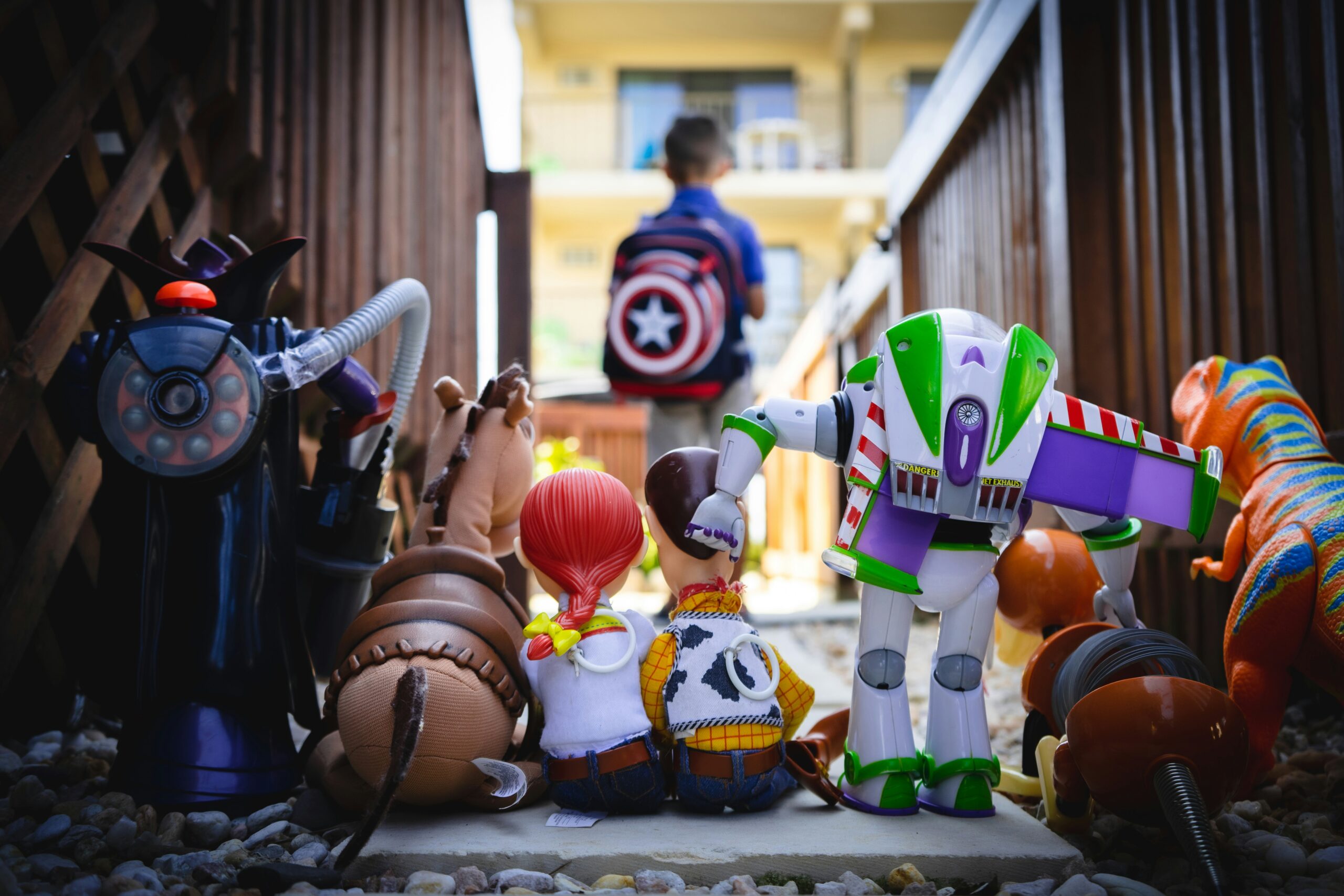
Blog post by Mark Satov
Last summer I was in London, feeling lonely for my children and wanting to bring them something special from my trip. My hotel was right near the corner of Oxford and Regent streets so there was no shortage of retail opportunity. Amidst storied retailers such as Liberty and throngs of people I landed at one of the world’s great toy stores: Hamleys. You had to line up to get in, and once in you couldn’t move for all the people. Every twelve feet or so was a Hamleys’ employee demonstrating some innovative toy that I had never seen before. I had tons of options to help me be a popular dad. I picked up a few wacky gadgets, hardly checked the price and spent my time in line to pay reflecting on my retail experience.
The Hamleys store on Regent Street is many things that Toys R Us is not. First, there is a clear focus on experience. I normally don’t love being in a jampacked retail space with no room to move but I was so excited about all the goings on, and so intrigued by all the different things I could buy that I didn’t even notice. And all the young vibrant employees had a giant smile on their faces. I was not going to hire any to be management consultants but they were clearly living their dreams. Second is product innovation and curation. I wasn’t sure how many of the toys there were exclusive but they had a way of highlighting those that were, giving the impression that ‘if you want these you need to come here’. Of course they also sold a lot of the toy lines that others sell, but even there they had a way of picking the specific products that were interesting and displaying them in a way that was compelling. Does this sound like a visit to the local Toys R Us? Hardly. It also doesn’t sound like a visit to Amazon.com. If I wanted to have an experience and if I wanted to find something I wasn’t looking for, I had to get up and go there. The third thing that Hamleys has is size. They are a boutique with a few locations, not a chain of 1000 stores that sells everything from diapers to Barbie dolls, all for humans under 10. Delivering an amazing customer is an expensive proposition. It needs to be supported by a higher price point to customers, and a recognition that many consumers on many occasions just won’t spend the time or money to get that experience.
So what is wrong with Toys R Us? The same thing that is wrong with many middle-of-the-road retailers and category killers who haven’t innovated. To stay relevant in retail you have to either have a mix of price and convenience that can’t be matched or a mix of product and experience that is worth the extra time and money. It is hard to imagine the toy category justifying the square footage that Toys R Us has today. People aren’t often shopping for a full basket of toys, implying it is usually more convenient to throw the toy in the basket when at Walmart getting eggs, milk and t-shirts, or on your Amazon app on your mobile phone. And while product innovation is happening, the manufacturers with the blockbuster product (Hatchimals) are going to be less beholden to any specific retailer, reducing any potential advantage. If Toys R Us had a better experience and more unique amazing products, like MasterMind, they could get the part of the toy market looking for something great, in which case they would need a third of the stores they have now with a third of the footprint in each. Did internet kill Toys R Us? It certainly didn’t help, but like Sears and so many others they didn’t stay relevant and didn’t try to change quickly enough to give themselves a fighting chance.
